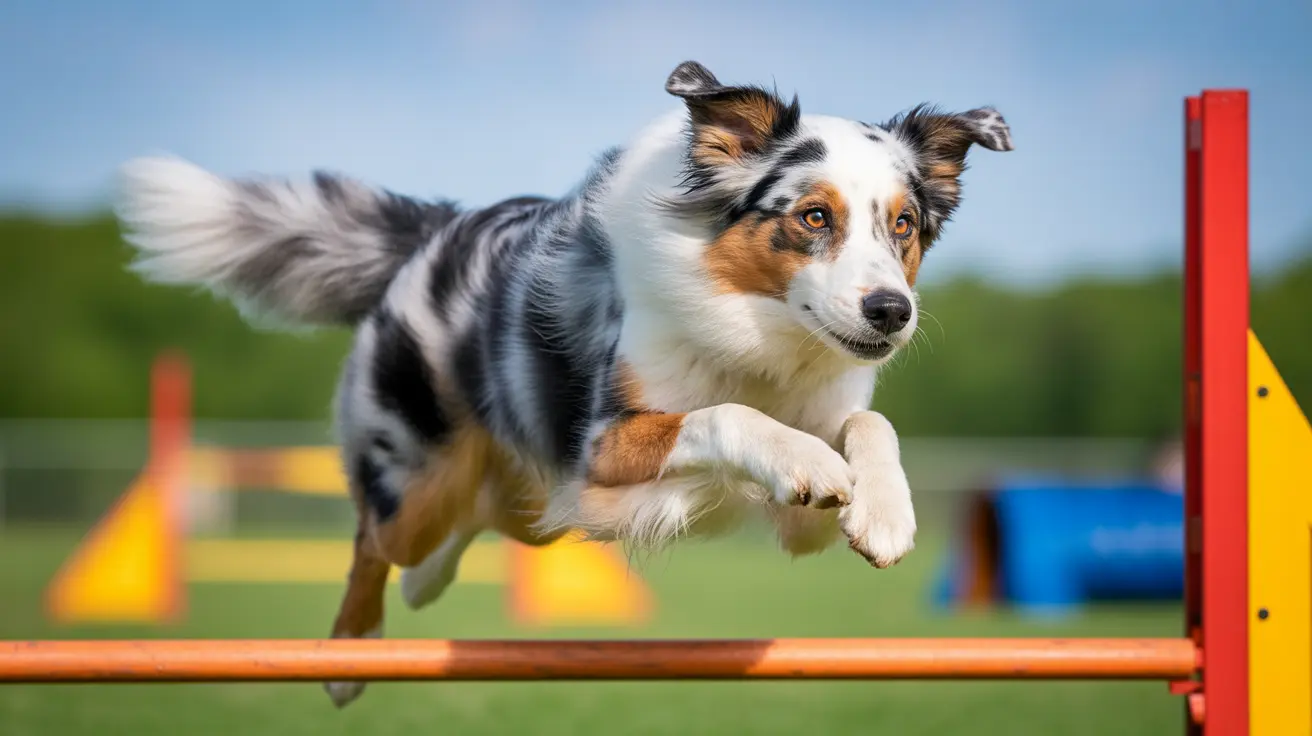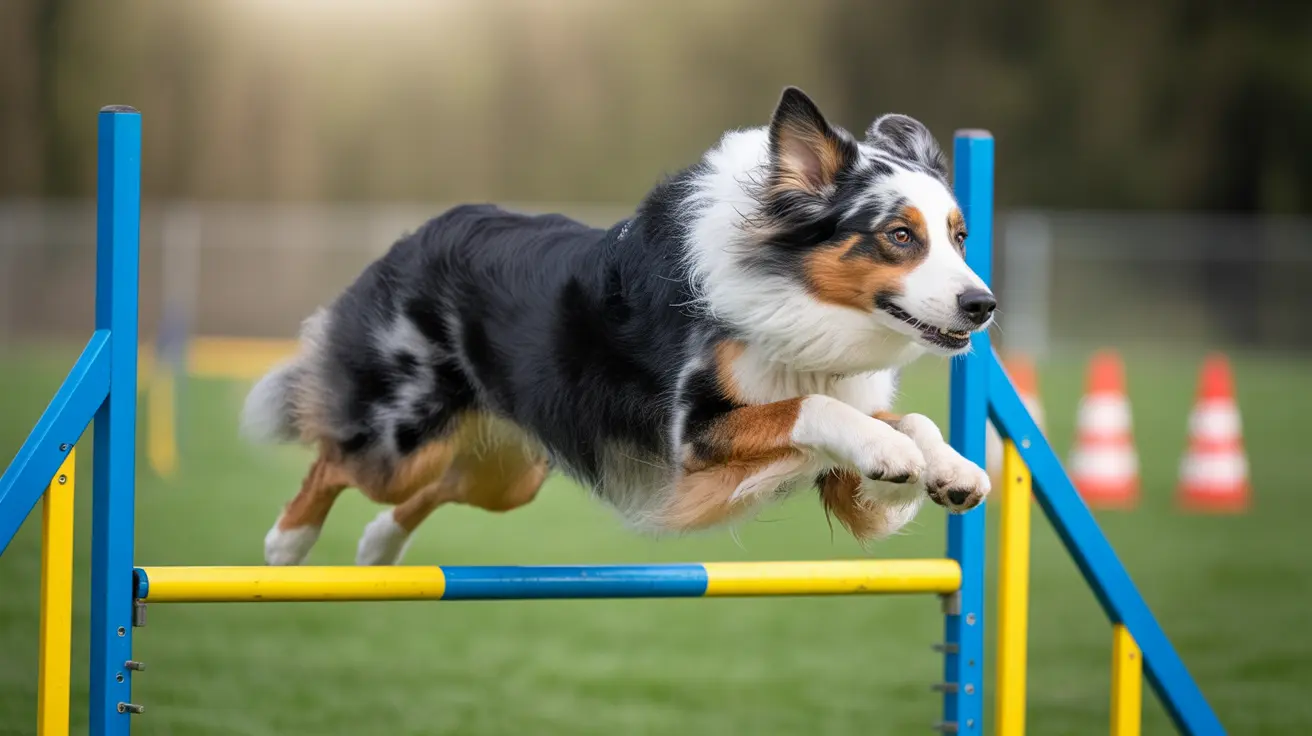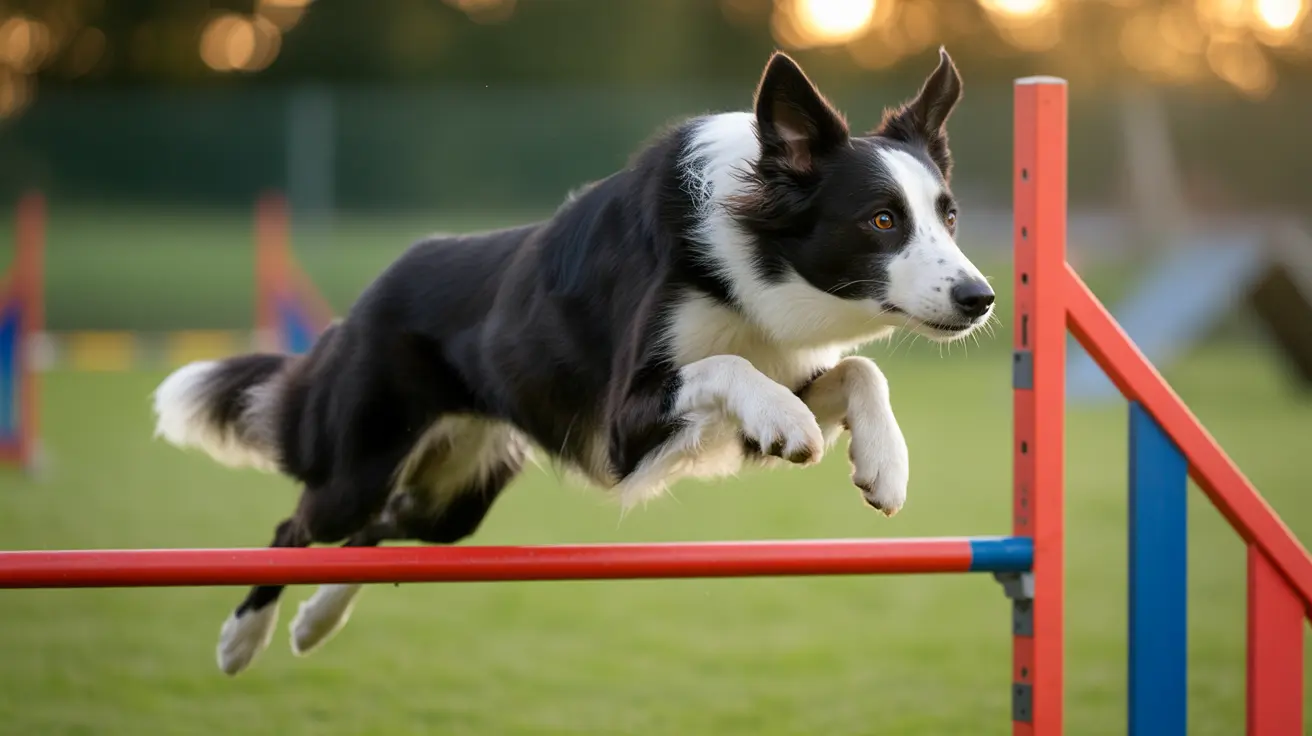For Dalmatian owners and enthusiasts, understanding when these spotted companions reach their full size is crucial for proper care and development. Dalmatians follow a specific growth pattern that affects both their physical size and overall development, with most reaching their adult height between 14 and 16 months of age.
In this comprehensive guide, we'll explore the complete timeline of Dalmatian growth, including key milestones, size expectations, and essential care requirements during their development stages.
Understanding Dalmatian Growth Patterns
Dalmatians experience their most significant growth spurts between 4 and 9 months of age. During this period, puppies typically gain 1-2 pounds per week, with their characteristic spots becoming more prominent as they mature.
While height growth generally concludes around 14-16 months, muscle development and weight gain may continue until 18-24 months of age. Female Dalmatians often reach their full size slightly earlier than males, sometimes completing their growth by 14 months.
Adult Size and Weight Expectations
Full-grown Dalmatians typically reach the following measurements:
- Males: 22-24 inches at the shoulder, weighing 55-70 pounds
- Females: 20-22 inches at the shoulder, weighing 45-60 pounds
These measurements align with AKC breed standards, though individual dogs may vary slightly based on genetics and overall health.
Critical Growth Stages and Milestones
Early Development (0-4 months)
During these initial months, Dalmatian puppies experience rapid growth and require frequent meals of high-quality puppy food. Regular veterinary check-ups are essential to monitor development and ensure proper vaccination schedules.
Peak Growth Period (4-9 months)
This stage marks the most dramatic physical changes, including:
- Rapid height and weight gain
- Development of adult teeth
- Continued spot pattern development
- Increased muscle mass formation
Final Growth Phase (9-16 months)
Growth begins to slow during this period, with most Dalmatians reaching their adult height. However, they continue to develop muscle tone and may still gain some weight.
Nutrition and Care During Growth
Proper nutrition plays a vital role in healthy Dalmatian development. These dogs require specialized diets due to their unique metabolism, particularly their tendency to develop urinary stones.
Key nutritional considerations include:
- High-quality puppy food formulated for medium to large breeds
- Low-purine diets to prevent urinary issues
- Appropriate portion control to prevent rapid growth
- Regular meal scheduling (3 times daily until 6 months, then twice daily)
Exercise and Physical Development
Dalmatians need appropriate exercise throughout their growth stages to support proper development without causing strain on growing joints. Exercise should be gradually increased as the puppy matures, with careful attention to avoid overexertion during growth plate closure.
Frequently Asked Questions
When do Dalmatians typically stop growing in height and weight?
Dalmatians typically stop growing in height between 14-16 months of age, while they may continue gaining weight and muscle mass until 18-24 months.
How much should my Dalmatian puppy weigh at different ages, and what is the average adult weight?
Dalmatian puppies should follow a steady growth curve, reaching 25-49 pounds by 6 months and 45-70 pounds as adults, with males typically being heavier than females.
What type of food is best for supporting the growth and development of a Dalmatian puppy?
High-quality, low-purine puppy food specifically formulated for medium to large breeds is ideal. The food should provide balanced nutrition while accounting for Dalmatians' unique metabolic needs.
Why is regular veterinary care important during the growth stages of a Dalmatian?
Regular vet visits help monitor growth progress, ensure proper development, maintain vaccination schedules, and identify potential health issues early, particularly during crucial growth phases.
How can I ensure my Dalmatian puppy develops properly and avoids common health issues during growth?
Provide appropriate nutrition, regular exercise, scheduled vet check-ups, and avoid overexertion during growth phases. Monitor weight gain and adjust feeding as needed while maintaining a low-purine diet.






